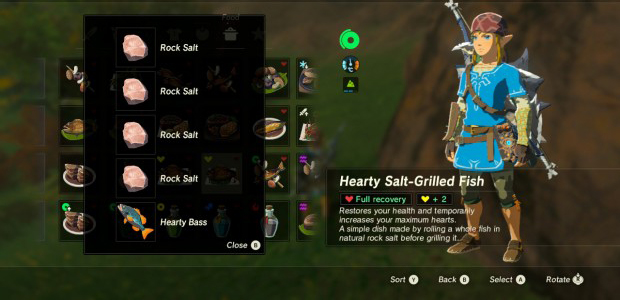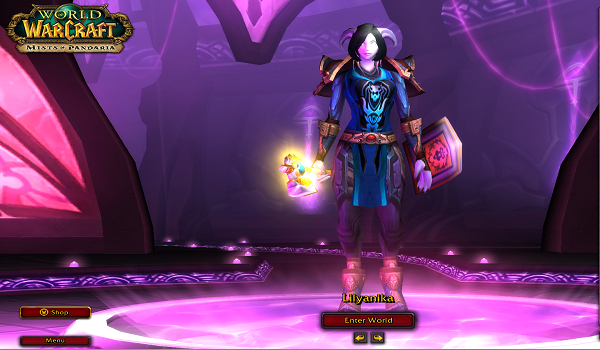This post is a write-up of a talk I gave recently at the Games+Learning+Society conference in Madison, WI. Enjoy!
The GamerGate explosion in 2014 had far reaching implications that spidered across many areas: industry workplace practices, how gaming communities function, and how people view video games and gamers. Scholars have been racing to keep up with discussion and investigation of these and other areas impacted by the toxic vitriol of and backlash against GamerGate (Consalvo 2014, Layne 2015, Shaw 2014). Speaking to the proliferation of Game Studies curricula across the US in the form of courses, minors, majors, and certificates, this presentation has two aims: 1) to discuss how Game Studies programs are changing curricula to respond to GamerGate and 2) to provide practical ways to make the themes of diversity and inclusion central to a post-GamerGate Games Studies curriculum.
GamerGate was not the beginning of gaming’s sexist, misogynistic, and racist problems. However, it did expose in a very public way the toxic environment that many Othered gamers exist in every day. Scholars in the field of gaming have long talked about the issues of harassment, inequity, and representation that continues to plague games (Castell and Jenkins 2000, Kafai et al 2008, Taylor 2009, Consalvo 2012, Blackmon and Layne 2013), and Gamer Gate has proven that these theories, ideas, and methods need to be at the very center of what it means to study games, rather than being relegated to the periphery of gaming and education.
Women represent approximately 50% of gamers currently, account for around 70 cents of every dollar spent on games (ESA 2015), and yet estimates suggest they only occupy between 3-5% of the programming positions in the gaming industry (Game Developer Magazine 2014). Women regularly experience sexual harassment at gaming conventions, and they are often left out of corporate presentations altogether. Look, for example, to this year’s E3 conference:
| Microsoft: Total Games Highlighted: 31 Number of Games with Playable Women: 15 Total Number of Presenters: 24 Number of Female Presenters: 3 |
EA: Total Games Highlighted: 13 Number of Games with Playable Women: 7 Total Number of Presenters: 13 Number of Female Presenters: 3 |
| Ubisoft: Total Games Highlighted: 10 Number of Games with Playable Women: 4 Total Number of Presenters: 11 Number of Female Presenters: 2 |
Sony: Total Games Highlighted: 28 Number of Games with Playable Women: 16 Total Number of Presenters: 14 Number of Female Presenters: 0 |
| Nintendo: Total Games Highlighted: 15 Number of Games with Playable Women: 8 Total Number of Presenters: 8 Number of Female Presenters: 1 |
Square Enix: Total Games Highlighted: 14 Number of Games with Playable Women: 9 Total Number of Presenters: 16 Number of Female Presenters: 1 |
There is a chronic lack of visibility for women in the industry, impeding new women from coming into the field. While women make on average 86 cents for every dollar a man makes in the industry, which is above the national average, the sheer lack of women behind the scenes is a huge issue (Gamasutra 2014). This lack of diversity does not exist in a bubble. It seeps out into the games themselves, into the universities than train designers, into the forums and blogs where GamerGaters thrive, and into all of our classrooms.
Women in the industry regularly are faced with sexual and physical harassment, threats, and violence. Women in academia who study games are now faced with the same things. I personally have been the recipient of multiple threats, including those to ruin my career. As part of our blog and podcast work, many of the staff writers here at NYMG have been the recipients of these threats. Academic women like Mia Consalvo have been doxxed and threatened, and several other female professors recently stated at a conference that they had experienced everything from doxxing, to threats, to one case of being swatted. The hate, the vitriol, and the threat in gaming is not contained within the industry. Given this, then, I question how academics are responding (or not) to this dangerous community we ask our students to enter when we introduce games as part of learning in the classroom as well as identifying several “best practices” for teaching about games ethically based on the preliminary results from a multi-institutional study that I conducted.
Questions to Ask: The Games
- Does this game reach a wide and diverse audience?
- Is the community surrounding this game abusive and or toxic?
- Are there messages embedded in the game that could be problematic? And if so, have you included a critical discussion of them?
- Do the studios that make these games have ethical workplace policies? Is a diversity of games and studios present where appropriate?
- Are the games presented neutrally? Or contextualized in some way?
Questions to Ask: The Framework
- Are the topics included reflective of everyone’s experience with games, or just a select audience?
- Are cultural and theory/tech perspectives balanced?
- What values are reflected? Whose values are reflected?
- Is there diversity in the authors included in the reading list?
- Will students leave the class prepared to be a positive force in the community?
“Values at Play” Design Elements
| Characters | Interface |
| Actions in game | Game engine and software |
| Player choice | Context of play |
| Rules for interaction with other players and nonplayable characters | Rewards |
| Rules for interaction with the environment | Strategies |
| Point of view | Game maps |
| Hardware | Aesthetics |
| Narrative premise and goals |




